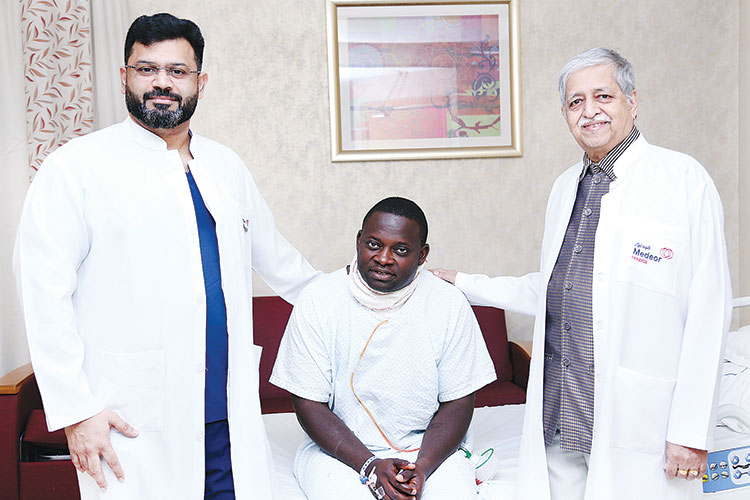Screening for skin cancer: Who is at risk?

Photo used for illustrative purposes.
My husband noticed a dark mole on my back when we were swimming. Should I be worried about skin cancer? I do my best to apply sunscreen. What other preventive measures can I take?
ANSWER: If you have a concerning spot on your skin, you should have it evaluated by your primary care team or dermatologist.
There are three major kinds of skin cancer — squamous cell carcinoma, basal cell carcinoma and melanoma. Melanoma is the most dangerous. The first sign of melanoma is a change in an existing mole or a new, unusual-looking growth on the skin. Characteristics of a mole that may indicate melanoma are:
Asymmetrical shape.
Unusual border.
Changes in color and size.
New symptoms such as itchiness or bleeding.
There are several different types of melanoma. The most common type is caused by sun exposure, so be sure to wear protective clothing and sunscreen of at least 30 SPF year-round. Avoid intense sun during the middle of the day as well as tanning and tanning beds. People who sunburn easily are especially at risk.
There's a big misconception that the only place you should be looking for melanoma is in sun-exposed areas such as the arms, legs, back and face. That is certainly the case for the majority of melanoma, but a small number of melanomas can occur without sun exposure at all. These appear underneath the toenails, fingernails, feet, toes and palms.
In general, people with a personal history of melanoma, family history of melanoma and individuals over the age of 60 to 65 — particularly people with light-colored hair and light-eye color — are likely to benefit from an annual skin exam.
For some, screening should take place more frequently. People without any of those risk factors may not need a screening exam on an annual basis, but it is important to check your skin regularly and contact your healthcare team with any changes to existing moles. Keep in mind that not all changes are caused by skin cancer.
During screening, the patient will undress and be covered in a robe to examine their skin entirely. We use a dermatoscope, a light magnifier that helps to look into the first layer of the skin surface. This gives us a good idea of whether a spot is concerning or not.
If a skin cancer is identified, the patient will often have either an excision or Mohs surgery. An excision has predefined safety edges (margins) to ensure the entire skin cancer is removed. During Mohs surgery, a very small amount of skin around the edge of the spot will be removed. The patient is checked under a microscope during the procedure to ensure it is all taken.
This procedure allows for the smallest scar and smallest area to be removed while ensuring the entire area of concern is eliminated. Mohs surgery is often used on the face, scalp and neck.
Nowadays, there are multiple skincare screening apps out there. These apps either help you track your moles over time to identify if they're changing or photograph an individual spot on your skin you're worried about. Apps that use artificial intelligence are still in their infancy. In the future, this technology will likely be beneficial to help us but for now, contact your healthcare team with concerns.
Tribune News Service







